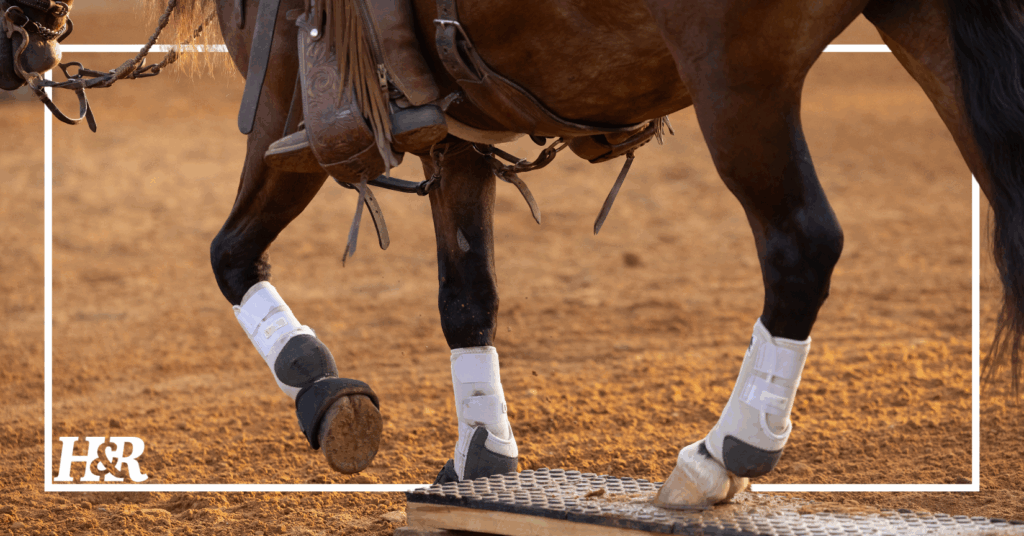When you have a horse with osteoarthritis (OA) or any other arthritis or joint condition, it’s crucial to pay attention to subtle signs of discomfort. OA is a chronic joint condition that can impact your horse’s movement, attitude, and performance. While it can’t be cured, early detection and proper management can help keep your horse comfortable and active.
This June, we are focusing on everything you need to know about osteoarthritis (OA) with the help of our partners at Zycosan.
[READ: Osteoarthritis vs. Other Joint Conditions]
Here are five key things to watch for under saddle that might indicate your horse is struggling with OA, getting worse, or needs intervention.
1. Stiffness at the Start of a Ride
If your horse feels stiff or “sticky” in their movement during warm-up but improves as you ride, it could be a sign of progressing OA. While some stiffness may be normal, consistent or worsening stiffness should not be ignored.
2. Shortened or Uneven Stride
Joint issues can affect your horse’s ability to fully extend their joints. Look out for shortened, choppy strides or uneven movement at any gait, as these could indicate joint discomfort. This may manifest as ‘bunny-hopping’ or a noticeable drop in hip on one side.
3. Reluctance to Move Forward or Turn
If your horse hesitates to move forward, struggles with transitions, or finds turning difficult, especially on one side, it could be due to OA causing joint pain or limited range of motion. Pay attention to any changes in behavior or performance during regular activities.
4. Subtle Lameness or Feeling “Off”
While there may not be obvious limping, you might sense that something is not quite right. Trust your instincts if you notice a slight head bob, hind toe dragging, or a hitch in your horse’s step. These subtle signs are often the first indicators of an issue.

Always pay attention to your horse’s behavior. If they seem off, reluctant to work, or exhibit new behaviors, contact your vet for guidance.
Terri Cage/adobe.stock.com
5. Signs of Discomfort or Irritability
Behaviors like pinned ears, tail swishing, or resistance during work can indicate pain. If these changes are new or increasing, it may be a sign of joint-related discomfort. Any sudden changes in behavior, such as a usually calm horse becoming agitated, should be taken seriously.
Tip: Monitor your horse’s well-being before, during, and after riding. If you notice any of these signs consistently, consult your vet to develop a plan for managing their joint pain and ensuring their comfort.

